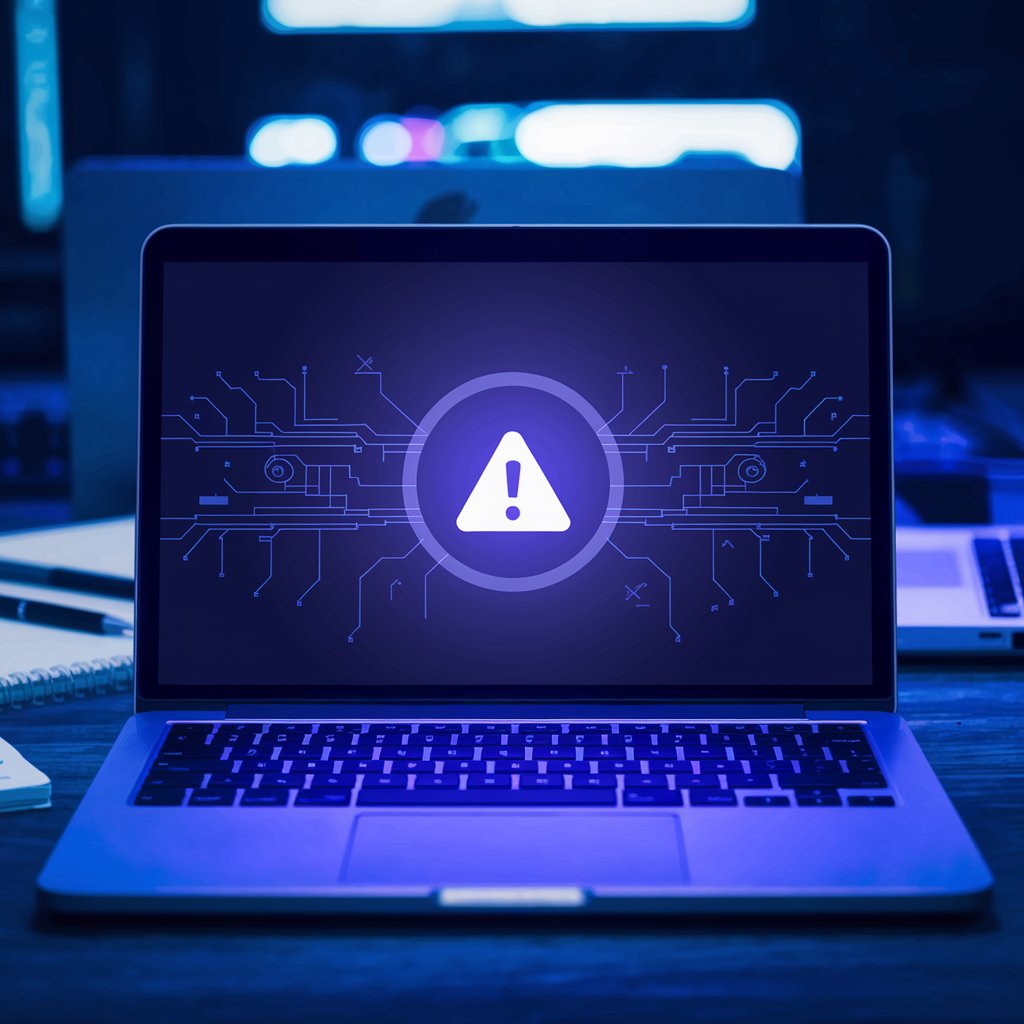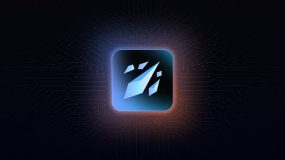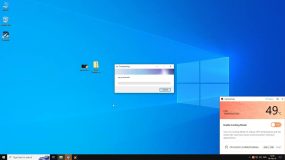KMODE EXCEPTION NOT HANDLED is a BSOD error that may interrupt your computer usage. Driver issues, hardware conflicts, or malware are usually associated with this error. This error needs immediate attention to prevent further complications. Let’s look at its causes and solutions to get your system up and running again.
What is KMODE EXCEPTION NOT HANDLED (e1d65x64.sys)?
This is common when there is an exception on any system thread, and the kernel cannot handle the exception. Most of the time, e1d65x64.sys relates to drivers for Intel Ethernet and simply points toward driver conflict/corruption as an originating point. Your computer can even restart or freeze completely whenever this error happens; thus, it requires your urgent attention.
What Causes KMODE EXCEPTION NOT HANDLED (e1d65x64.sys)?
Several factors can lead to the KMODE EXCEPTION NOT HANDLED (e1d65x64.sys) error. Identifying the cause is crucial to finding the right solution. Below are the most common reasons:
- Faulty RAM Module: RAM is responsible for the read and write operations in your system. A faulty module will disrupt processes and throw this error.
- Corrupted or incomplete program installation/uninstallation: With the installation or uninstallation of any program, remnants are left within the registry, which further cause errors. Cleaning the registry with the help of a PC repair tool will avoid this.
- Malware/Virus: Malicious software can disrupt system processes, corrupt files, or delete critical registry entries, causing this error. Running an antivirus program provides real-time protection against these threats.
- Improper shutdown: If the PC is turned off all of a sudden, this may cause interruptions to some running processes of the system and affect system files.
- Outdated or Corrupt Device Drivers: Drivers are the essential medium for hardware and software to communicate with each other. Missing or outdated drivers lead to system errors, including the KMODE EXCEPTION NOT HANDLED (e1d65x64.sys) error.

Read about similar Windows Errors:
How to Fix KMODE EXCEPTION NOT HANDLED (e1d65x64.sys)?
Solution #1: Run the Windows BSOD Troubleshooter
By default, Windows is able to diagnose and then fix some common Blue Screen errors using its own BSOD troubleshooter.
- Open Settings, update and click on Update & Security > Troubleshoot.
- Click Blue Screen and then click Run the troubleshooter.
- Follow the on-screen instructions to complete it.
This utility will find the root cause and recommend the fix that is needed.
Solution #2: Update Your Device Drivers
The most common reason for this error is usually a damaged or outdated driver, especially the drivers related to network adapters.
- Open the Device Manager by clicking on it from Win + X.
- Click Expand Network adapters, right-click on the problematic driver and select Update driver.
- Then choose either Search automatically for updated driver software or manually download the latest driver from the manufacturer’s website.
The easy way is having tool Outbyte Driver Updater update the drivers automatically after their detection.
In our Driver library you can find the most suitable Network drivers for your OS and a short guide on how to install it.
Solution #3: Fix Your Problematic RAM
Faulty RAM can lead to various BSOD errors, including this one. Running a memory diagnostic tool can help identify issues.
- Press Win + R, type
mdsched.exe, and hit Enter. - Choose Restart now and check for problems to begin the test.
- The system will scan your RAM and display results after rebooting.
- Replace any malfunctioning RAM modules if issues are detected.
Solution #4: Get Rid of Malware Entities and Viruses
Malware can corrupt system files, leading to BSOD errors. Use antivirus tool Outbyte AVarmor to perform a full scan and remove threats.
- Install and run the antivirus program.
- Perform a comprehensive scan of your system.
- Remove any identified threats and restart your computer to ensure stability.
Solution #5: Perform a System Restore
A System Restore can revert your system to a previous state when it functioned correctly.
- Type Create a restore point in the search bar and open the System Properties window.
- Click System Restore, select a restore point, and follow the instructions.
This can undo recent changes that might have caused the error.
Solution #6: Reverse Overclocking
Overclocking hardware components such as the CPU or GPU can destabilize your system and cause BSOD errors.
- Restart your computer and enter the BIOS/UEFI settings by pressing the appropriate key, usually F2, Del, or Esc.
- Load the default settings of overclocking.
- Save changes and exit the BIOS.
Most often, going back to default hardware settings resolves stability issues.
The aforementioned steps will troubleshoot the KMODE EXCEPTION NOT HANDLED error and fix it; hence, your system will work just fine. These, and more, are done in ongoing maintenance of computers and prevention of errors using tools such as Outbyte PC Repair.
FAQs
1: What is the stop code KMODE EXCEPTION NOT HANDLED?
It’s a BSOD error that shows that some kernel-mode program had an exception it couldn’t handle.
2: Can this error be caused by outdated drivers?
Yes, one of the major causes, especially for this error, is outdated or corrupted drivers, mainly network adapter drivers.
3: How do I know if my RAM is faulty?
You can test for RAM errors with the Windows Memory Diagnostic Tool.
4: Does malware serve as a cause for the error?
Yes, malware can damage critical system files and thereby cause BSOD errors.
5: Is it safe to carry out a System Restore?
Yes, System Restore is just fine and safely rolls your system back to one of its earlier, functional states without touching your personal documents.





